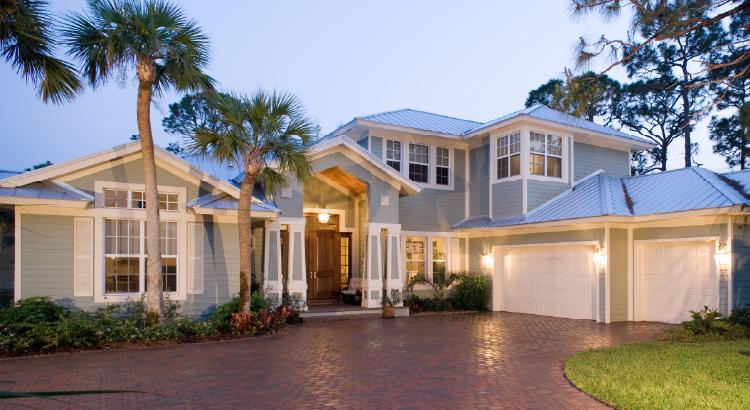July 2024 Commercial Real Estate Market Insights

While the market awaits the interest rate cuts from the Federal Reserve, commercial real estate is also on hold. The office sector ended the second quarter with a record-high vacancy rate of 13.8%, though the increase in unoccupied spaces has slowed down. The retail sector continues to have the lowest vacancy rate among all sectors, but demand for retail spaces has further decreased. The industrial sector’s fundamentals also softened in the second quarter, with net absorption hovering at levels not seen since 2012. However, demand for apartments continued to surge as seven percent mortgage rates hurt housing affordability.
Office Properties
While net absorption for the office sector remains negative, with more spaces being vacated than occupied, the second quarter saw fewer additional unoccupied spaces. The surplus of unoccupied office spaces exceeded 61 million square feet at the end of last year and the beginning of 2024. However, in the second quarter, net absorption improved to -42 million square feet, a 1% decrease from a year ago. This indicates that there is a slight increase in demand for office space. Nevertheless, the outlook suggests that net absorption in this sector will remain negative. Leasing activity, an indicator of demand and interest from potential tenants, is currently near pandemic levels and about 40 percentage points below pre-pandemic levels.
Multifamily Properties
In contrast, the multifamily sector continued to gain momentum with mortgage rates remaining near 7%. In the second quarter, net absorption was 2.4 times higher than a year ago, with an additional 260,890 more multifamily units leased than vacated. Demand was also 44% higher than the pre-pandemic level. However, despite this strong demand, the record high number of new multifamily units delivered to the market kept the vacancy rate steady compared to the previous quarter and higher than it was a year ago.
Retail Properties
In the meantime, availability conditions in the retail sector have remained tight. Since the end of last year, only 4.7% of retail space is currently available for lease, marking the lowest level on record. This limited availability of retail spaces has kept the vacancy rate near 4%, despite the slowdown in demand. Specifically, in the last 12 months, demand for retail spaces has increased by nearly 41 million square feet compared to 56 million square feet a year earlier. With new construction deliveries decreasing further, the fundamentals of this sector are expected to remain tight in 2024.
Industrial Properties
Fundamentals for the industrial sector further weakened in the second quarter. Net absorption continued to lose steam, falling to 41 million square feet. While demand for industrial space reached record-high levels at the end of 2021 and the beginning of 2022 - driven by the demand for warehouse space to support online shopping and e-commerce - net absorption is now 64% lower than a year ago and 53% below the pre-pandemic average level. The outlook suggests additional softening in this sector. With consumer spending shifting away from goods to services due to high borrowing costs, demand for industrial spaces is expected to ease further in the coming months.
Hotel Properties
As we conclude Q2 2024, the hospitality sector is seeing improvements. Hotel occupancy rates have leveled off at around 63%, remaining roughly 3% below pre-pandemic figures, which suggests that a complete recovery may be elusive due to the prevalence of remote work. Nevertheless, average daily rates and revenue per available room have now exceeded pre-pandemic benchmarks.
Recent Posts















